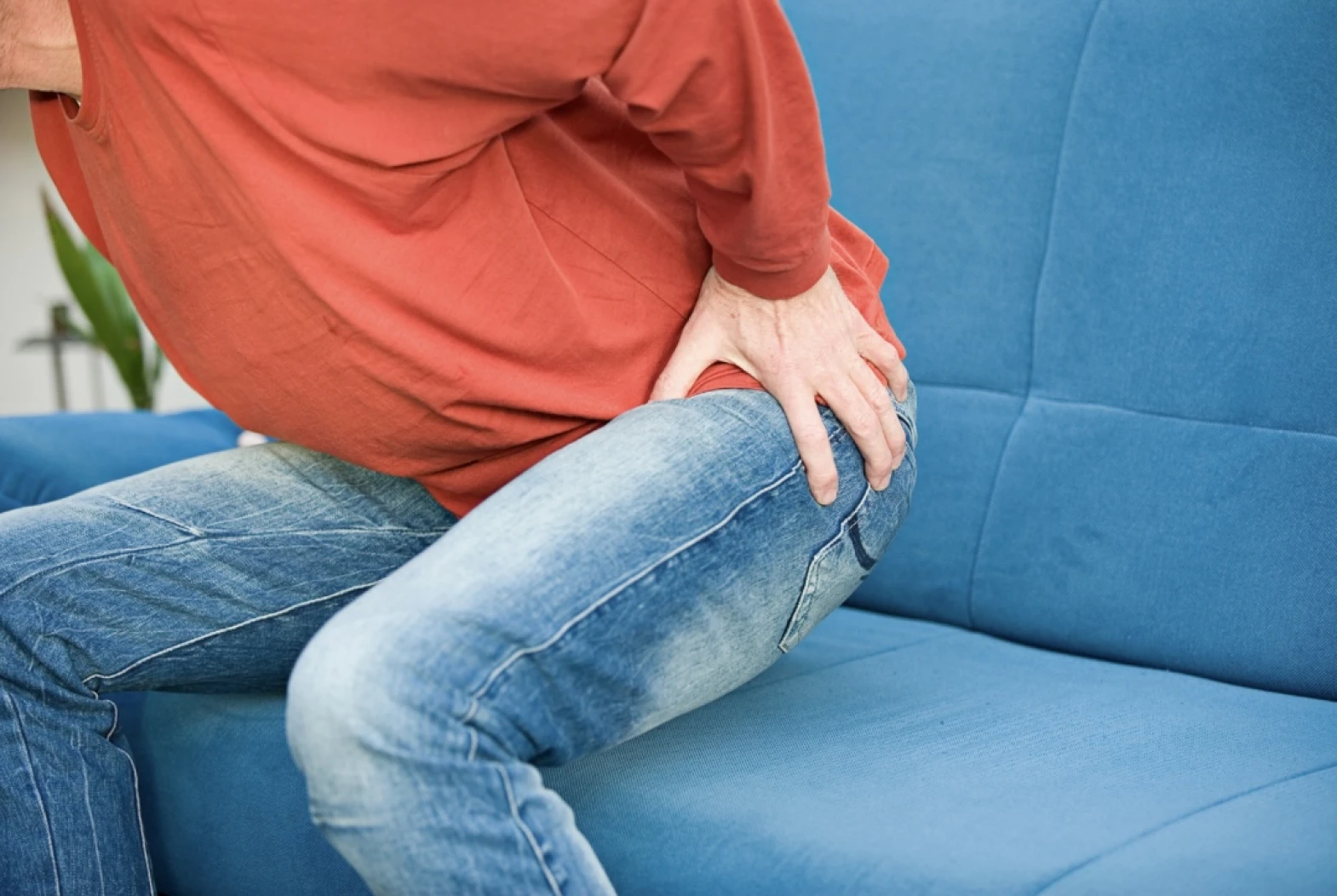The Centers for Advanced Orthopaedics is redefining the way musculoskeletal care is delivered across the region with locations throughout Maryland, DC, Virginia and Pennsylvania.
Hip Joint Pain
The hip is made up of a ball and socket joint. The ball is the femoral head of the femur thigh bone. The socket is formed by the acetabulum, a large area of the pelvis bone. A tissue called articular cartilage lines the surface of the ball and socket creating a smooth surface allowing the bones to glide during movement. The femoral head fits perfectly into the acetabulum aided by a strong fibrocartilage called the labrum. The labrum helps create a tight suction seal helping provide stability to the joint.

Femoroacetabular impingement (FAI) is a condition when there is extra bone growth along the bone surfaces of the hip joint causing abnormal contact between the ball and socket. With movement overtime the abnormal contact of the surfaces causes breakdown of the articular cartilage and/or tears to the labrum. This can cause pain, joint stiffness, and limitation in activity. There are three types of FAI: pincer, cam, and combined impingement.
Common symptoms of a labral tear include: clicking, groin pain, butt pain, limited hip range of motion, pain with sitting, and pain with hip flexion activities. A clinical sign helping differentially diagnose the hip versus back involvement include pain with internal rotation demonstrates greater likelihood of the hip as the source.
Choosing surgery or deciding to treat conservatively is patient dependent. Physical therapy is generally a good first option. Goals of treatment include improving strength and biomechanics. Pillars for rehabilitation include: postural control, core strengthening, hip strengthening, motor control, mobility, and functional range of motion. If the decision is made to have surgery, the hip is primed and at its best for when surgery does occur. The surgery performed is an arthroscopic labral repair and osteotomy. The goals post operative include; restore the congruency of the joint through the labral repair, eliminate bony impingement, preserve the hip mobility, and improve function. Patients typically return to high level activity about a year after surgery.